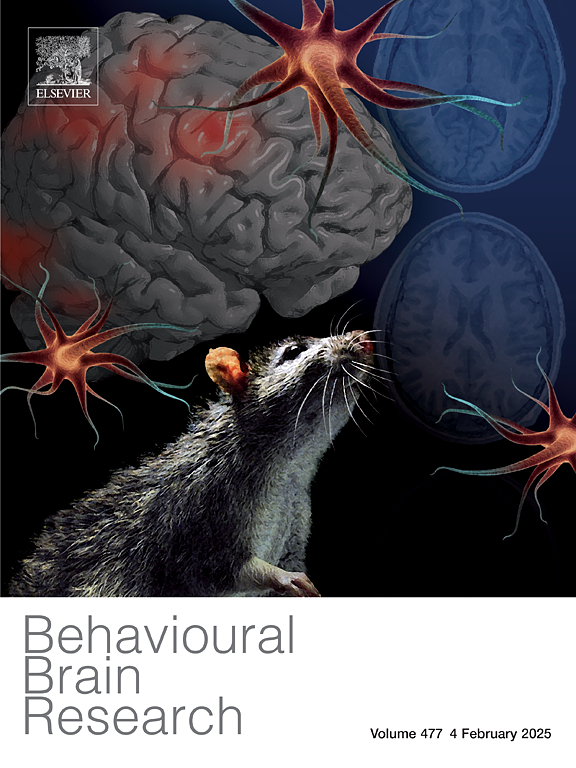Brain remodeling in stroke patients: A comprehensive review of mechanistic and neuroimaging studies
IF 2.6
3区 心理学
Q2 BEHAVIORAL SCIENCES
引用次数: 0
Abstract
Stroke-induced brain remodeling involves a complex interplay of neurovascular components, including endothelial cells, microglia, astrocytes, and pericytes, which collectively contribute to the restoration of brain function. These processes are crucial for repairing the blood-brain barrier, regulating inflammation, and promoting neurogenesis. This review examines the mechanisms underlying brain remodeling and the role of advanced neuroimaging techniques—such as functional MRI (fMRI), positron emission tomography (PET), functional near-infrared spectroscopy (fNIRS), and functional ultrasound (fUS)—in assessing these changes. We also discuss various therapeutic approaches aimed at enhancing brain remodeling, including pharmacological agents, stem cell therapy, and rehabilitation strategies that target neurovascular repair and functional recovery. Despite significant progress, challenges remain in translating imaging insights into effective treatments. Future research should focus on integrating multiple imaging modalities to provide a comprehensive view of neurovascular changes and refining therapeutic interventions to optimize recovery and functional outcomes in stroke patients.
求助全文
约1分钟内获得全文
求助全文
来源期刊

Behavioural Brain Research
医学-行为科学
CiteScore
5.60
自引率
0.00%
发文量
383
审稿时长
61 days
期刊介绍:
Behavioural Brain Research is an international, interdisciplinary journal dedicated to the publication of articles in the field of behavioural neuroscience, broadly defined. Contributions from the entire range of disciplines that comprise the neurosciences, behavioural sciences or cognitive sciences are appropriate, as long as the goal is to delineate the neural mechanisms underlying behaviour. Thus, studies may range from neurophysiological, neuroanatomical, neurochemical or neuropharmacological analysis of brain-behaviour relations, including the use of molecular genetic or behavioural genetic approaches, to studies that involve the use of brain imaging techniques, to neuroethological studies. Reports of original research, of major methodological advances, or of novel conceptual approaches are all encouraged. The journal will also consider critical reviews on selected topics.
 求助内容:
求助内容: 应助结果提醒方式:
应助结果提醒方式:


